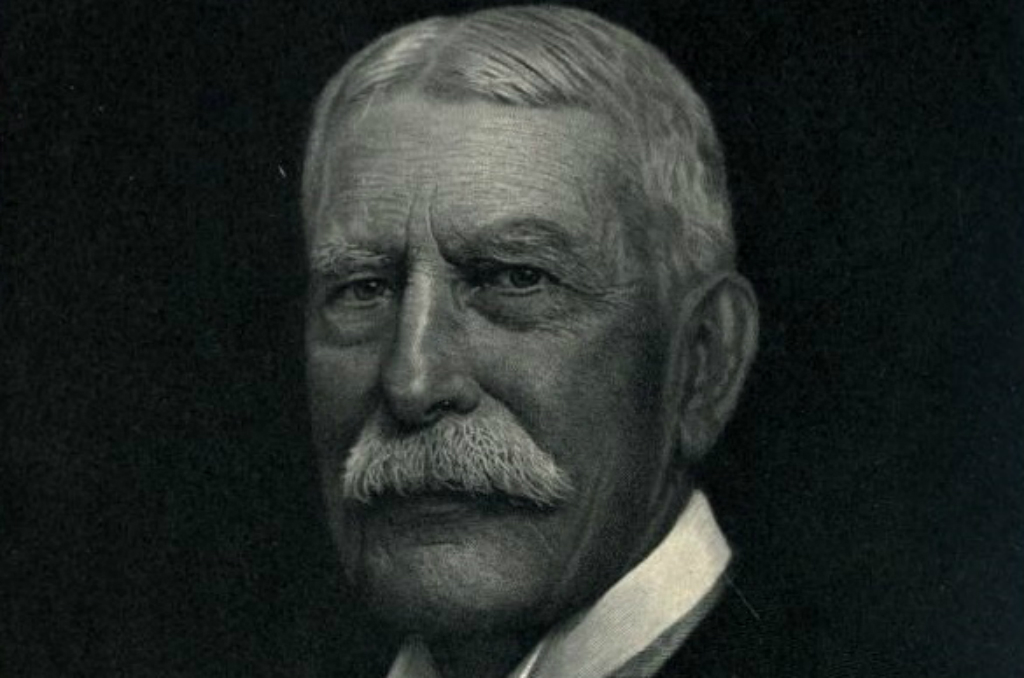Henry Morrison Flagler may have made his fortune in oil, but his legacy is fueled by his work in Florida.
The oil magnate first visited the Sunshine State in 1878 when he traveled to Jacksonville on the advice of a doctor who told him the warm weather would do good for his ailing wife, Mary Harkness.
Two years after his wife’s death, Flagler married to Ida Alice Shourds, Mary’s caregiver, and the two honeymooned in St. Augustine.
Flagler’s visit coincided with the completion of Franklin W. Smith’s winter home, Villa Zorayda, the first poured concrete building in St. Augustine.
While Smith denied Flagler’s request to purchase Villa Zorayda for his honeymoon, the trip sparked something in Flagler.
In 1885, Flagler took a step back from involvement at Standard Oil and returned to Florida, beginning his quest to transform the state into a vacation destination.
Flagler met up with Smith, this time offering to build a hotel together. Smith failed to meet up his end of the bargain, which was to raise $50,000 in funding. Undeterred, Flagler began construction of the 540-room Ponce de Leon Hotel on his own.
Smith, an amateur architect, used crushed coquina shells as an aggregate in his concrete mix for Villa Zorayda, which proved to be a massive success. The concrete concoction was adopted for the construction of the Ponce de Leon Hotel, with Smith teaching the masons the mixing and pouring techniques.
During the hotel’s construction, Flagler bought the Jacksonville, St. Augustine and Halifax River Railway, which became the basis of the Florida East Coast Railway.
The Ponce de Leon Hotel was just the start for Flagler, who wanted to create a new “American Riviera.”
His next moves included building a railroad bridge across the St. Johns River, constructing the Hotel Alcazar across from “The Ponce” to help with guest overflow, buying the Hotel Casa Monica from Smith and purchasing the Hotel Ormond just north of Daytona.
As if that wasn’t enough, Flagler decided to undertake a massive engineering project of cutting through the dense marshlands between St. Augustine and Palm Beach to connect the two.
Six weeks before the Florida East Coast Railway was extended to West Palm Beach, Flagler opened the Royal Poinciana Hotel on the shores of Lake Worth. The six-story, 1,100-room hotel opened in 1894 and at the time was the largest wooden structure in the world.
Two years later, in 1898, Flagler built the 538-room Palm Beach Inn overlooking the Atlantic Ocean. Flagler renamed it The Breakers Hotel in 1901 after guests kept requesting oceanfront rooms “over by the breakers.”
West Palm Beach was supposed to be the last stop on the Florida East Coast Railway, but severe freezes in 1894 and 1895 put a chill on those plans.
Julia Tuttle, William Brickell and two companies offered Flagler land to extend his railway south to the area that’s now Miami, which was apparently untouched by the freezes.
The Florida East Coast Railway reached Biscayne Bay by 1896. Since Flagler basically built the town from the ground up, citizens wanted to name the city after him. Flagler declined the honor and persuaded residents to use the old Indian name “Mayaimi.”
In 1897, Flagler opened the Royal Palm Hotel on the north bank of the Miami River, overlooking Biscayne Bay.
Flagler divorced Shourds in 1901 and just 10 days later married Mary Lily Kenan. As a gift to Kenan, Flagler built Whitehall, a 55-room winter getaway in Palm Beach. That same year Flagler completed the Hotel Continental in Jacksonville.
In 1905, Flagler decided to stretch the Florida East Coast Railway down to Key West. It took seven years for the Florida Overseas Railroad to be completed.
When it was all said and done, Flagler invested close to $50 million across the state.
His extensive work in South Florida led him to be known as the “Father of Miami” and the “Father of Palm Beach.”
Chris began his writing as a hobby while attending Florida Southern College in Lakeland, Florida. Today he and his wife live in the Orlando area with their three children and dog.

